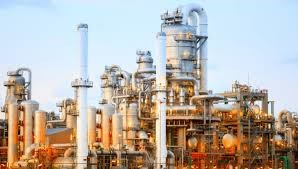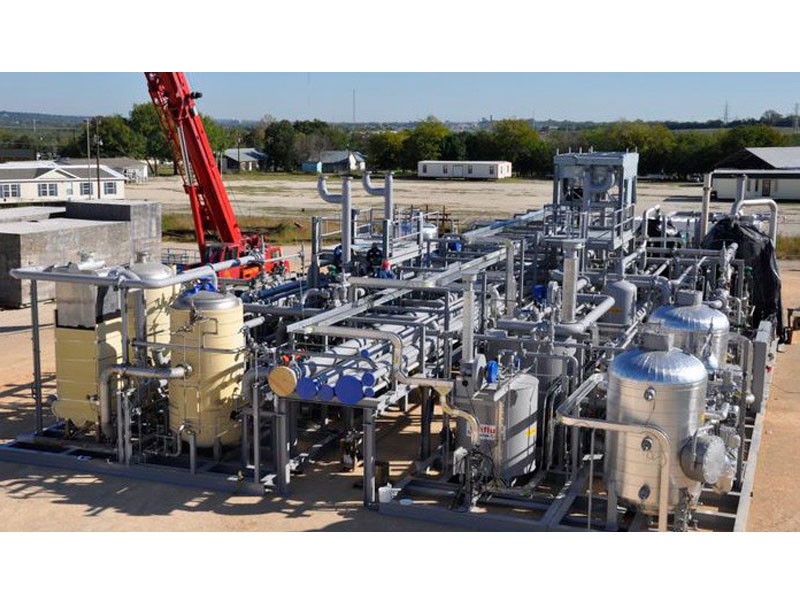LPG is prepared by refining petroleum or "wet" natural gas, and is almost entirely derived from fossil fuel sources, being manufactured during the refining of petroleum (crude oil), or extracted from petroleum or natural gas streams as they emerge from the ground.


The earth has enormous quantities of natural gas, but much of it is in areas far from where the gas is needed. To move this cleaner-burning fuel across oceans, natural gas must be converted into liquefied natural gas (LNG), a process called liquefaction.
We provide the facility design and fully EPC for the small or medium size or skid mounted process of a natural gas liquefaction plant basically includes pretreatment (purification), liquefaction, storage, loading and auxiliary systems, and the main process flow includes natural gas purification and liquefaction processes.







